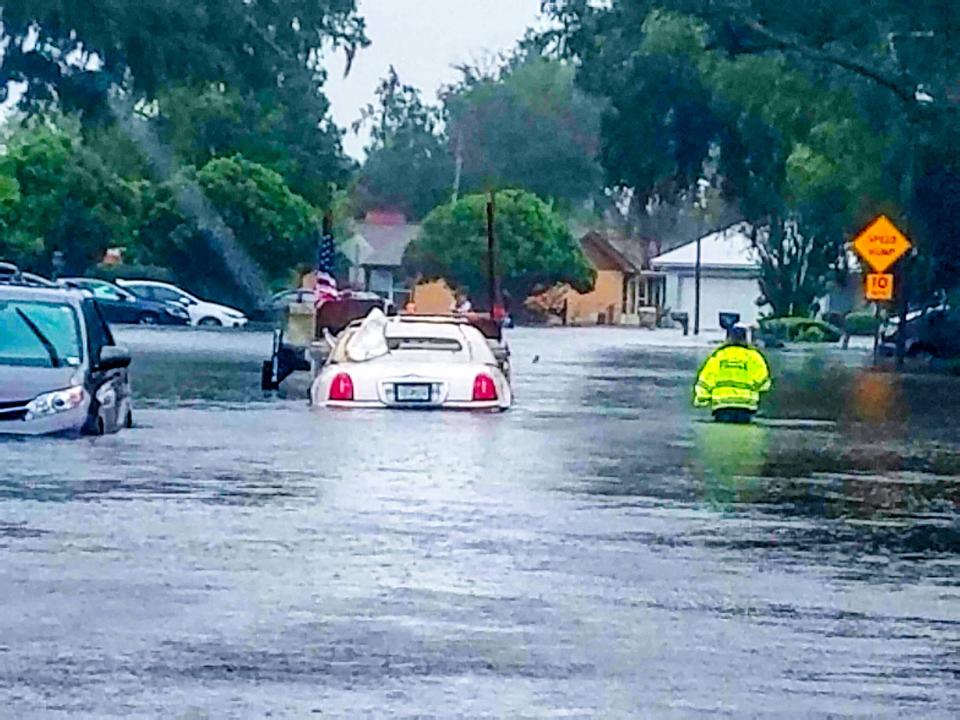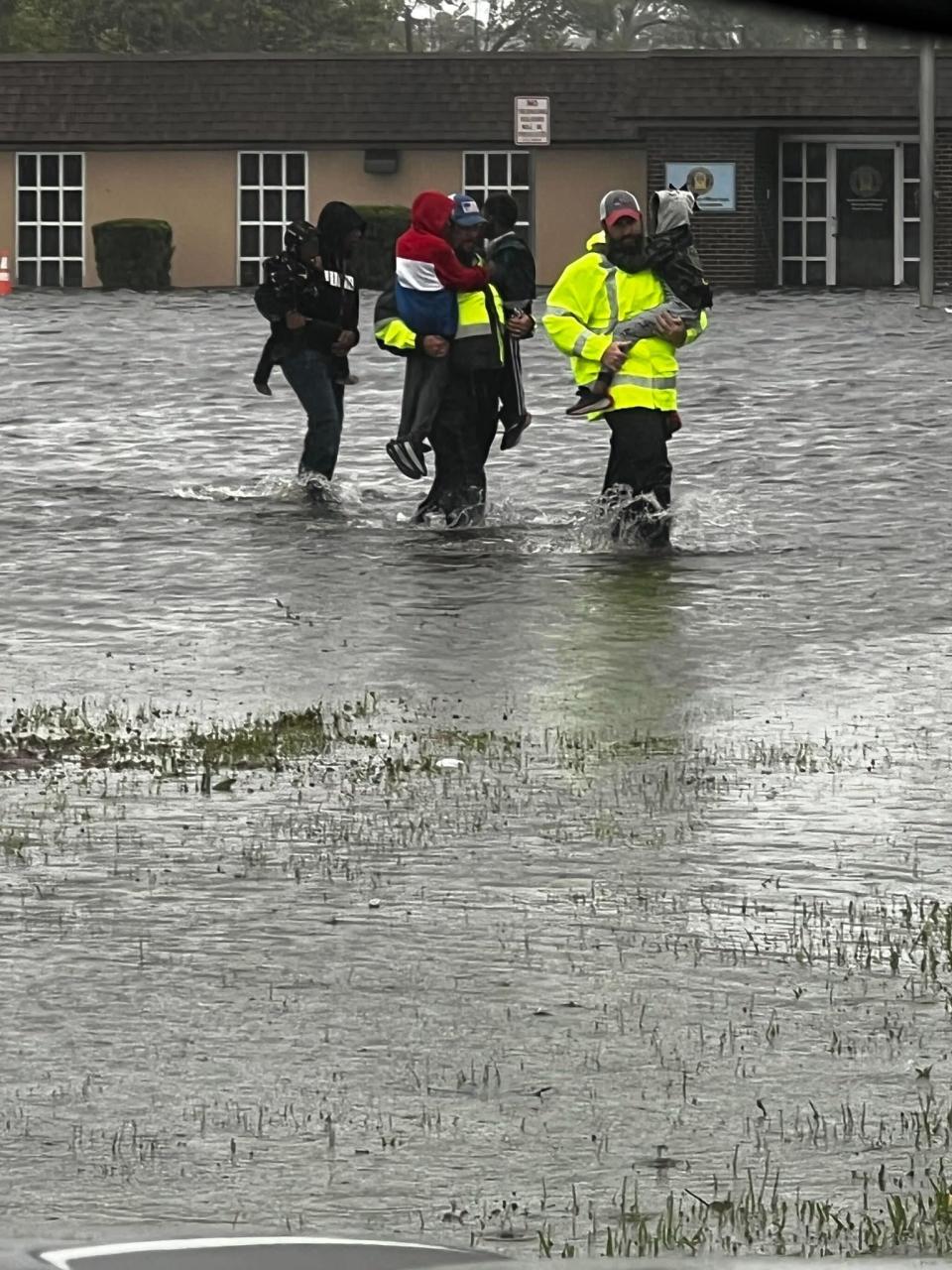A waterlogged history: Daytona Beach neighborhood has flooded for more than a century
DAYTONA BEACH — Daytona Beach's low-lying Midtown area has a vexing flooding problem. The area is basically a bowl, and much of the Midtown neighborhood is on the bottom of it.
Midtown sits about five to six feet above sea level. Usually, only Midtown buildings with first floors at least eight feet above sea level have a shot at staying dry when especially heavy rains hit.
When enough water comes pouring down from the sky and more elevated surrounding areas, sandbags, pumps, retention ponds and the Nova Canal quickly lose the fight.

The repeated flooding is a devastating problem for Midtown. Homes, businesses and churches flood again and again, often making waterlogged buildings uninhabitable.
But hope arrived in January in the form of a $3 million, two-year flood mitigation study by the U.S. Army Corps of Engineers. The work is hoped - but not guaranteed - to lead to a flood mitigation project that the federal government would help fund.

The solution won't be easy, quick or cheap.
Daytona Beach has a stormwater pipe network that feeds water east of Interstate 95 into the Halifax River. The tail end of pipes that release that stormwater normally sit a few feet above the river's surface, and they're designed to send the runoff on a one-way trip eastward.
When the river rises at high tide, the river has had rain dumped into it, or storm surge pushes the river westward – and sometimes when all three things are happening at once – the Halifax gets so high that the city pipes on the riverbank go underwater and can no longer do their job.
Read more: Low elevation makes Daytona's Midtown vulnerable to chronic flooding
The blocked pipes mean any floodwater settled into Midtown is trapped until the river drops back down and water can again flow out of the city lines and into the Halifax.
It's a puzzle the U.S. Army Corps is trying to solve. The solution might ultimately be a combination of things, perhaps adding more strategically placed pumps, rerouting drainage where that makes sense, adding retention ponds or underground stormwater storage, and removing housing from the most flood-prone areas.
You can reach Eileen at Eileen.Zaffiro@news-jrnl.com
This article originally appeared on The Daytona Beach News-Journal: Low-lying Daytona Beach neighborhood has a long history of flooding

